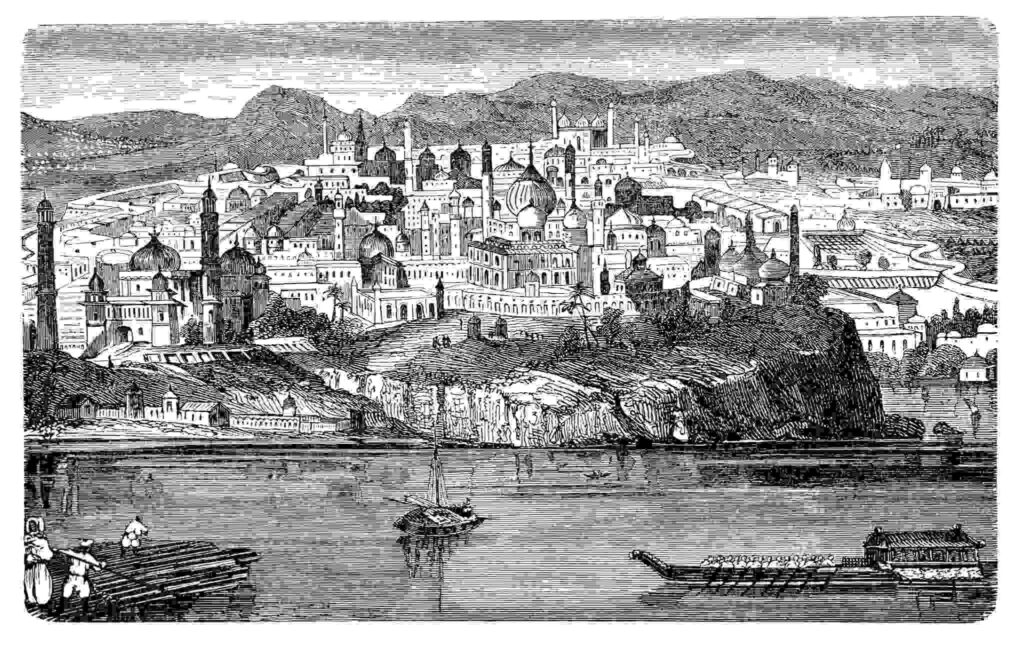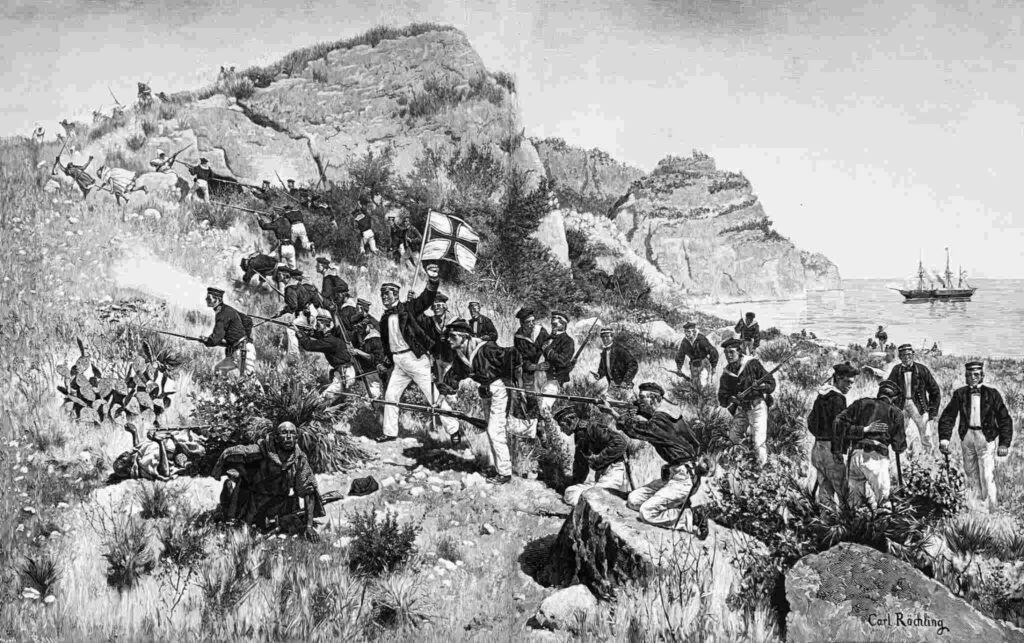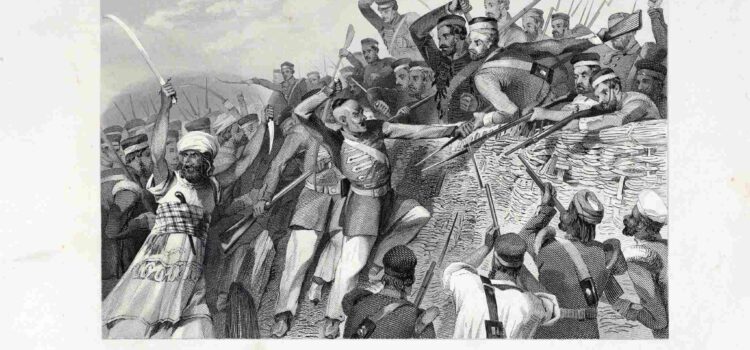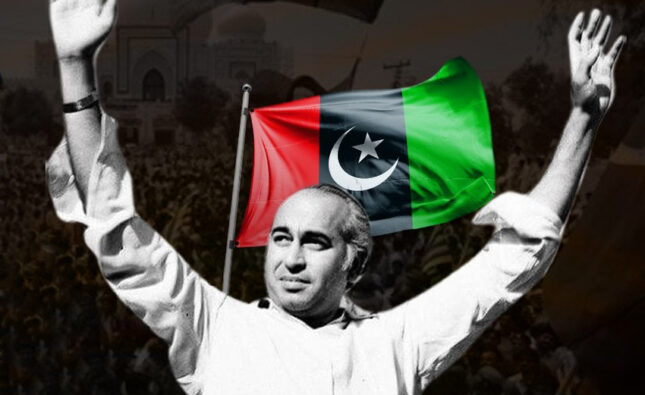
The article “Kings and Colonizers: British vs Mughals in the Battle for Dominance” is about discussing the historical events took place during the 16th to 19th Century in subcontinent.
In the annals of history, there are moments of great clashes between mighty empires, and one such riveting saga is the conflict between the British and the Mughals in India. This rivalry, spanning centuries, played a pivotal role in shaping the course of the subcontinent’s history. The intense struggle for dominance left an indelible mark on India’s culture, society, and political landscape. Exploring the rise and fall of these two formidable forces offers invaluable insights into the complexities of empire-building and the consequences of power struggles.
The Rise of British Power:
The seeds of British influence in India were sown in the early 1600s when the British East India Company set its sights on establishing trade connections with the lucrative subcontinent. Over the years, what began as commercial ventures gradually transformed into territorial ambitions. The British, with their advanced military technology and strategic alliances, slowly expanded their presence across the Indian subcontinent. Key figures such as Robert Clive and Warren Hastings played significant roles in consolidating British power in India.
The Mughal Empire: Glory and Decline:
The Mughal Empire, founded in 1526 by Babur, witnessed a glorious era of cultural and architectural splendor under rulers like Akbar, Jahangir, and Shah Jahan. The Mughals were renowned for their administrative prowess, fostering an environment of religious and cultural tolerance. However, internal challenges, such as succession disputes and the rise of regional powers, led to the gradual decline of the empire. Aurangzeb’s prolonged and expensive military campaigns also strained the resources of the empire.

Encounters and Clashes:
The encounters between the British and Mughal forces were marked by moments of tension and conflict. Notable battles like the Battle of Plassey in 1757 and the Battle of Buxar in 1764 saw the East India Company’s forces securing significant victories over the Mughals and other Indian rulers. The Treaty of Allahabad in 1765 marked a turning point as the Mughal Emperor Shah Alam II granted the Company the diwani rights, effectively allowing them to collect revenue and administer Bengal, Bihar, and Orissa.
British East India Company’s Expansion:
The British East India Company’s expansionist policies aimed to further solidify their dominion over Indian territories. The doctrine of lapse and the annexation of princely states were instrumental in extending British control over vast regions. Figures like Lord Dalhousie played crucial roles in implementing these policies, resulting in both significant progress and widespread discontent among the Indian populace.
The Last Mughal Emperor and the Revolt of 1857
The decline of the Mughal Empire reached its zenith during the Indian Rebellion of 1857, also known as the Sepoy Mutiny or the First War of Independence. Bahadur Shah II, the last Mughal Emperor, reluctantly became a figurehead of the rebellion against the British East India Company. However, the rebellion ultimately failed, leading to the disintegration of the Mughal Empire and the establishment of direct British Crown rule over India.

The End of an Era
The aftermath of the Indian Rebellion of 1857 marked the end of an era for the Mughal Empire. The British Crown assumed full control over India, and the Company’s powers were transferred to the British government. The Mughal Emperors were reduced to ceremonial figures, with their political influence significantly diminished.
Legacy and Impact
The legacy of British rule in India remains a subject of intense debate. While the British introduced modern infrastructure, governance systems, and educational reforms, they also exploited Indian resources and imposed oppressive policies. The Mughal Empire, on the other hand, left a lasting impact on India’s cultural fabric, as evident in its art, architecture, and traditions.
Modern Perspectives and Historical Debates
In contemporary times, historians continue to explore various perspectives on the British-Mughal rivalry. Some argue that the British played a pivotal role in modernizing India, while others emphasize the inherent exploitation and oppression of colonial rule. Similarly, interpretations of the Mughal Empire range from admiration of its cultural accomplishments to critique of its internal weaknesses.
Revival of Heritage
In the 21st century, efforts to preserve and revive Mughal heritage have gained momentum. Initiatives to restore historical monuments like the Taj Mahal and the Red Fort demonstrate a renewed appreciation for the country’s rich cultural history. Heritage tourism attracts both domestic and international travelers keen to explore India’s majestic past.
Lessons from History
The British-Mughal rivalry offers valuable lessons for today’s world. It highlights the complex nature of dominance and the challenges of ruling diverse and vast territories. Understanding the dynamics of power struggles in historical contexts can shed light on modern-day geopolitical scenarios and diplomatic relations between nations.
The Symbolic Impact of the Taj Mahal
The Taj Mahal stands as an enduring symbol of Mughal grandeur and love. Built by Emperor Shah Jahan in memory of his wife Mumtaz Mahal, this iconic monument has captured the hearts of people worldwide. Its mesmerizing beauty and architectural brilliance draw millions of visitors annually, reinforcing its status as one of the world’s most treasured landmarks.
The Cultural Exchange
Amidst the rivalry, a fascinating cultural exchange transpired between the British and Mughals. This exchange influenced various aspects of both cultures, from language and cuisine to art and music. It demonstrates the ability of civilizations to borrow and adapt elements from each other, creating a unique blend of traditions.
Understanding Dominance
The concept of dominance, prevalent in historical contexts, is multi-faceted. It involves not only military conquest but also economic, political, and cultural influence. The British-Mughal rivalry serves as a lens through which we can explore the complexities of power dynamics and its impact on societies.
Conclusion
The clash between the British and Mughals, with its rise and fall, continues to echo through the corridors of history. The interplay of empires, cultures, and ideologies during this period has left an indelible mark on the Indian subcontinent. It reminds us of the enduring legacy of their rivalry and the transformative effects it had on shaping India’s past and present.
FAQs:
- Were the British and Mughals engaged in constant warfare?
- While conflicts did arise, the interactions between the British and Mughals were not limited to warfare alone. Diplomacy and trade were also prominent aspects of their relationship.
- What impact did British rule have on Indian culture?
- British colonial rule had a profound impact on Indian culture. While it introduced new ideas, technology, and educational reforms, it also brought about significant changes in societal norms and practices.
- Is the Taj Mahal the only Mughal architectural wonder?
- No, the Mughals built several architectural marvels across India, each showcasing their exquisite craftsmanship and artistic vision. Apart from the Taj Mahal, structures like the Red Fort and Jama Masjid are other examples.
- How did the British East India Company gain control over India?
- The British East India Company expanded its control through a combination of military conquests, alliances with local rulers, and annexation of princely states. The doctrine of lapse was one such policy that facilitated their expansion.
- What was the significance of the Indian Rebellion of 1857?
- The Indian Rebellion of 1857 marked a turning point in India’s history. It led to the end of the Mughal Empire and the establishment of direct British Crown rule over the Indian territories. The rebellion also sparked a renewed sense of Indian nationalism and anti-colonial sentiments.













